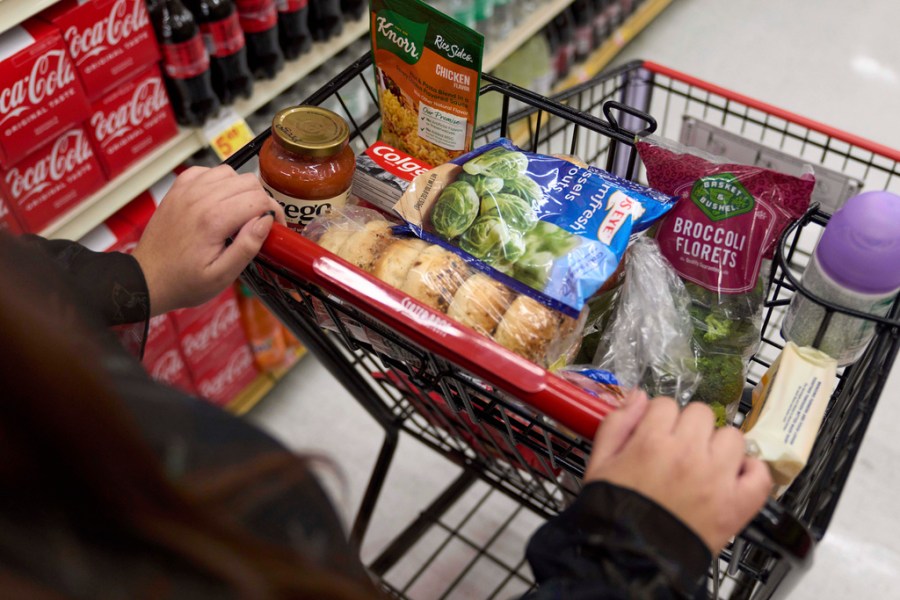
(NEXSTAR) – States are receiving warnings. Stop making too many mistakes. Otherwise, we will lose funding for food assistance.
Starting in fiscal year 2028, states with a margin of error greater than 6% will begin losing federal funding for the Supplemental Nutrition Assistance Program (SNAP). If the reform went into effect immediately, only eight states would make the reduction and receive the full amount of funding.
The national average error rate last year was nearly 11%.
If a state is unable to reduce the error rate below the 6% threshold within the deadline, the state must cover between 5% and 15% of the cost of SNAP benefits. In general, states with higher error rates will have to pay more, but states with particularly high error rates will have to comply by 2030 at the latest.
SNAP changes: Here’s who could lose benefits in November
As a result of the cost shift, the Congressional Budget Office estimates that some states will end up reducing or eliminating SNAP benefits for about 300,000 people. Child nutrition program subsidies for about 96,000 children may also be reduced.
Gina Plata Nino, interim director of SNAP at the nonprofit Center for Food Research and Action, told the New York Times that “even states that are trying to do their best are going to face very difficult choices. And unless this is revoked, SNAP as we know it is really over — and I’m not being dramatic, but that’s the reality.”
The state with the least narrowing gap was Alaska, with a recent error rate of 25%. Believe it or not, this is a huge improvement from the state’s 60% error rate the year before.
The health ministry said the reason the state’s error rate is so high is because the state has prioritized continuing food assistance even if some documentation is missing. “While this approach helped protect access to food assistance, it increased the risk of procedural and administrative errors,” spokeswoman Megan Darrow told the Anchorage Daily News.
Medicare costs will rise in 2026. Here’s how to save during open enrollment
Other states with relatively high error rates include Florida, Georgia, Massachusetts, New Jersey, New Mexico, New York, and Oregon. They make mistakes in 14% to 16% of cases.
window.addEventListener(“Message”,function(a){if(void 0!==a.data[“datawrapper-height”]){var e=document.querySelectorAll(“iframe”);for(var t of a.data[“datawrapper-height”])for(var r,i=0;r=e[i];i++)if(r.contentWindow===a.source){var d=a.data[“datawrapper-height”][t]+”px”;r.style.height=d}}});
Error rates include both overpayments and underpayments, although overpayments are more common.
The only states that met the 6% threshold in fiscal year 2024 (the most recent year of available data) were Idaho, Nebraska, Nevada, South Dakota, Utah, Vermont, Wisconsin, and Wyoming.
The new error rate requirement is one of several changes made to SNAP by the “One Big Beautiful Bill” bill passed over the summer. Deadlines to comply with several other provisions are looming in November.
SNAP, formerly known as the Food Stamp Program, provides food assistance to an estimated 42 million people nationwide. That’s about 1 in 8 people.
The Associated Press contributed to this report.

